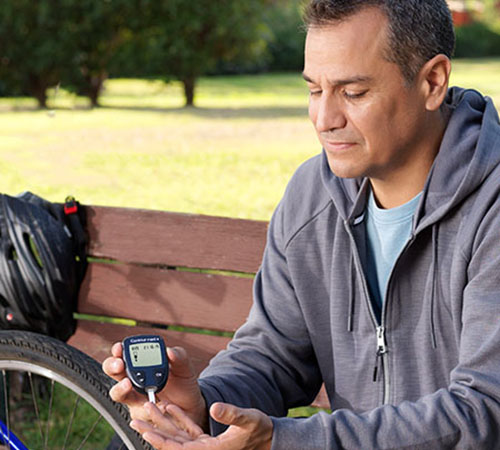Monitoring blood sugar levels is the most important way you can check how well you are managing your diabetes!
T1 Diabetes Management Guidelines
To manage diabetes successfully, the blood sugar levels should be kept within the normal range by timely injections of the right dose of insulin. However, if you change your eating habits or physical activities, your blood sugar levels may become too low or too high.
Understanding the risks of blood sugar imbalance and the effects of different foods on blood glucose can help your healthcare team adjust your insulin dosage and diet effectively to maintain stable levels.




